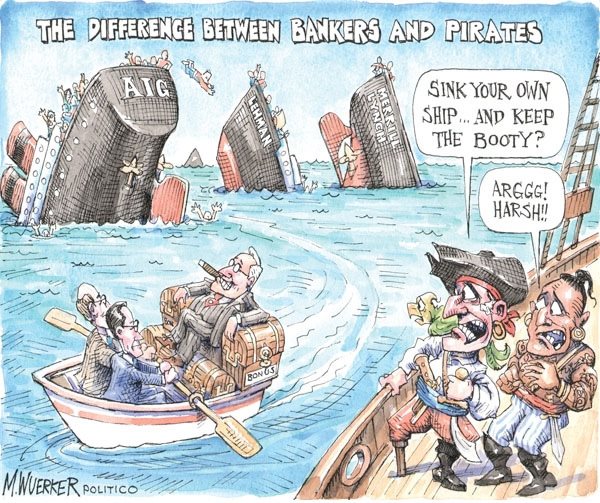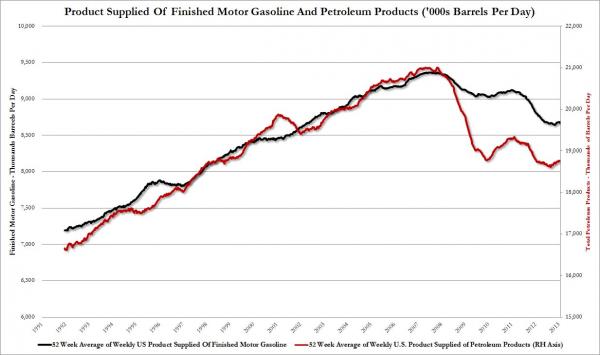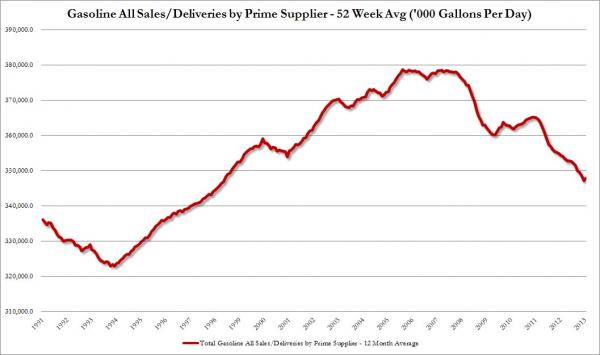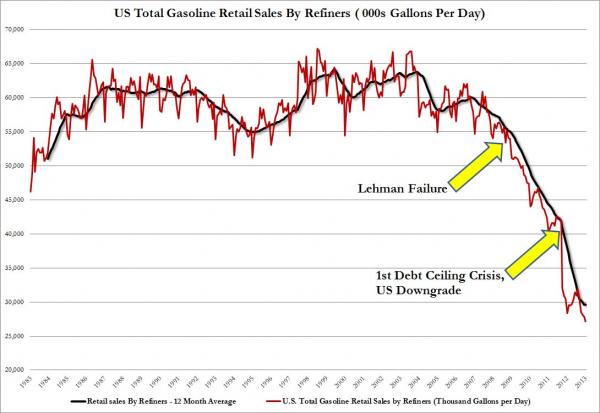SATURDAY, APRIL 6, 2013
Earning Their Keep
By SARAH MAX | MORE ARTICLES BY AUTHOR
It’s harder than ever to run a truly actively managed fund. Here’s how four firms execute unique — and successful — strategies.
It’s not easy being an active fund manager these days. Market information that was once available to a privileged few now flows freely and quickly. Index funds and exchange-traded funds, meanwhile, make it possible to implement simple or sophisticated strategies cheaply and effectively.
And then there’s performance.
Last year, 66% of domestic equity managers underperformed relative to the Standard & Poor’s 1500 index, according to the S&P Dow Jones Indices SPIVA Scorecard. That’s a considerable improvement over 2011, when 84% of active managers lagged the benchmark, but it’s hardly vindication for stock-picking. Even managers dealing in the supposedly inefficient international markets have struggled to get an edge. Last year, just 56% of international funds and 54% of emerging-market funds managed to deliver that elusive, market-beating “alpha” they’re paid for. There have been consequences: Over the past five years, nearly 27% of actively managed domestic equity funds and 23% of international equity funds have merged or liquidated.
So what’s an active manager to do? Some end up as “closet indexers,” who charge too much for hugging the index. In 2011, only 11% of assets invested in actively managed large-company funds were in portfolios that deviated from their benchmark by more than 80%, according to Martijn Cremers, a Notre Dame professor who helped pioneer “active share,” a measure of how truly active an active manager is. However, “skilled managers are out there,” says Charlie Ruffel, managing partner at Kudu Advisors, a strategic advisory firm for asset managers. “The challenge is in identifying them.”
The standout managers tend to have standout firms behind them, equipping them with the research teams, technology, financial backing, and supportive culture needed to go above and beyond. Some favor more concentrated approaches, investing in a small number of their very best ideas. Others take pains to investigate or even involve themselves with the management of the companies they invest in. Some take creative approaches to data-crunching, creating new perspectives on the market, while others simply thrive in a culture of constantly questioning and defending their stock-picking and portfolio moves. “Up until five years ago, managers didn’t need to try so hard to stand out,” adds Ruffel. “We’re in a different place.” Experts, such as financial advisors and consultants who help institutions choose funds, are constantly evaluating managers, looking for a process that brings consistent outperformance. They’re also looking for lights and mirrors — actions that appear to be in the name of research but don’t add value. Too much activity, they say, can be a warning sign. For instance, a manager who spends a disproportionate amount of time or travel on a position that represents less than 5% of the portfolio “might be cause for concern,” says Jonathan Bergman, a managing director at TAG Associates in New York. In general, however, Bergman and his peers are reassured when they hear that management has gone to great lengths to gain extra insight into a holding. “We want to know that there’s intellectual thought, that there’s a process for buying companies, as well as for selling them,” he says. Read more of this post







